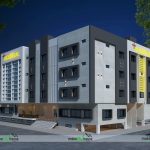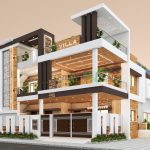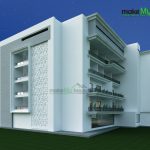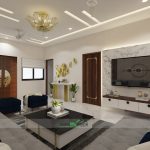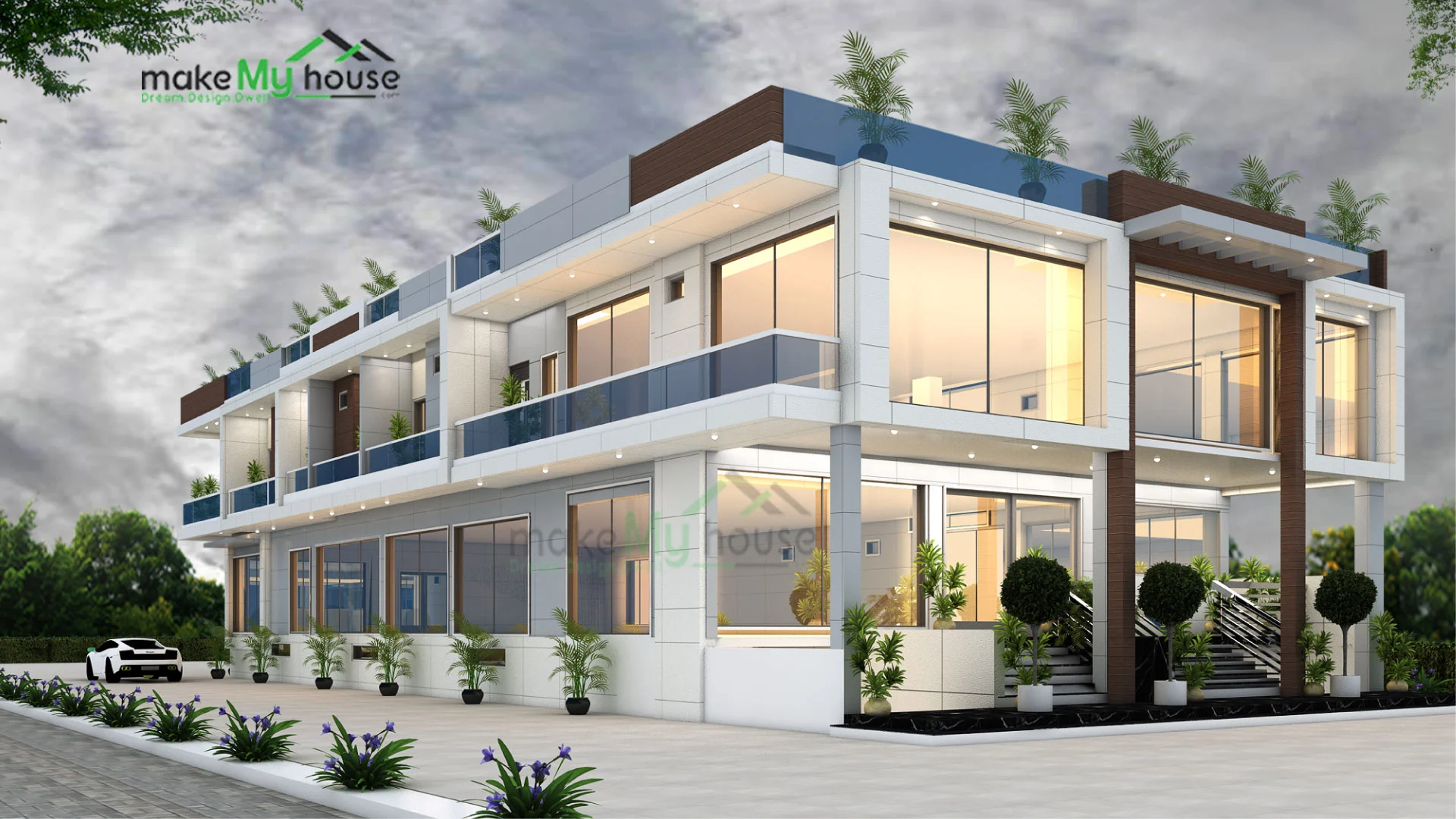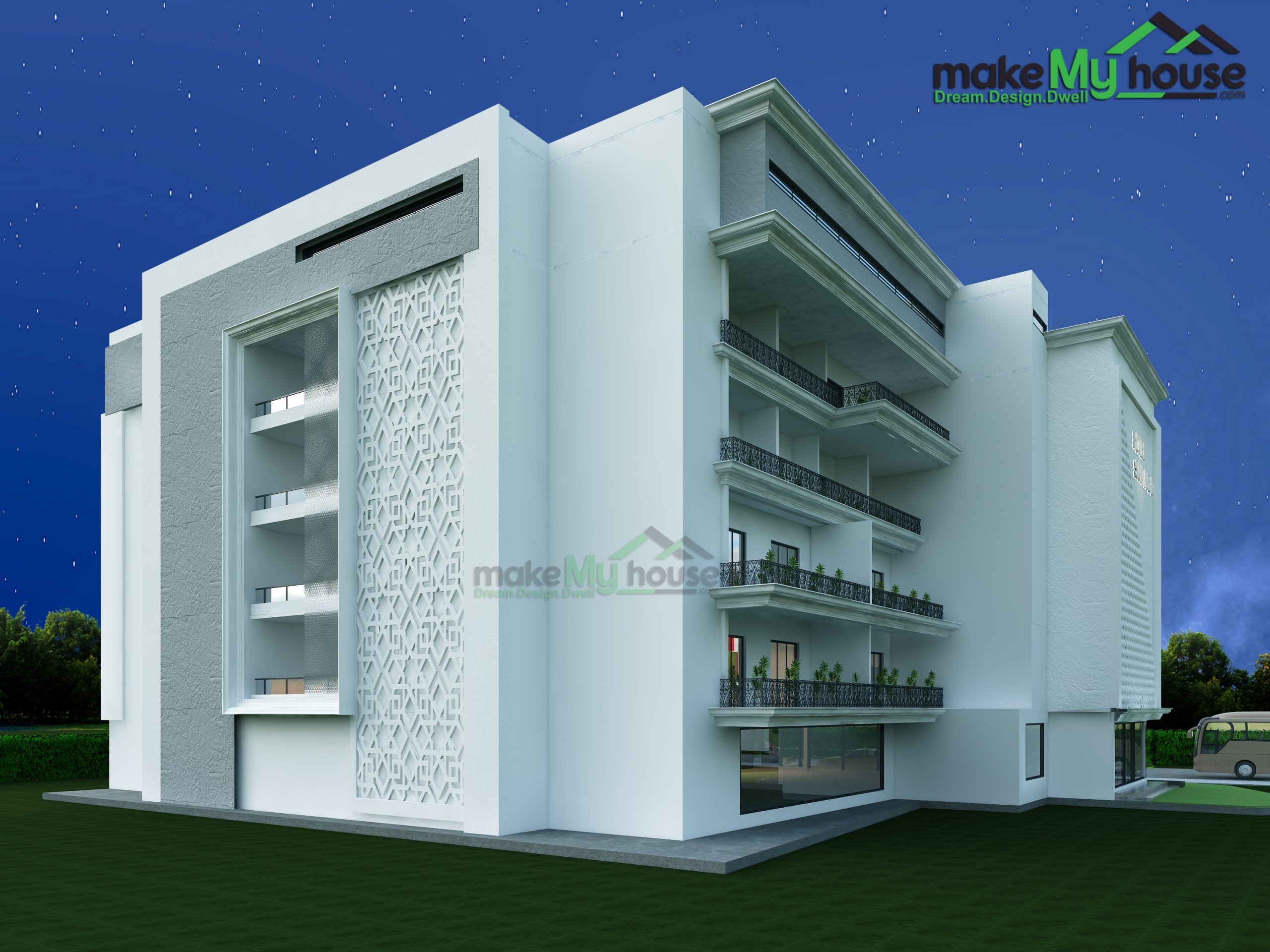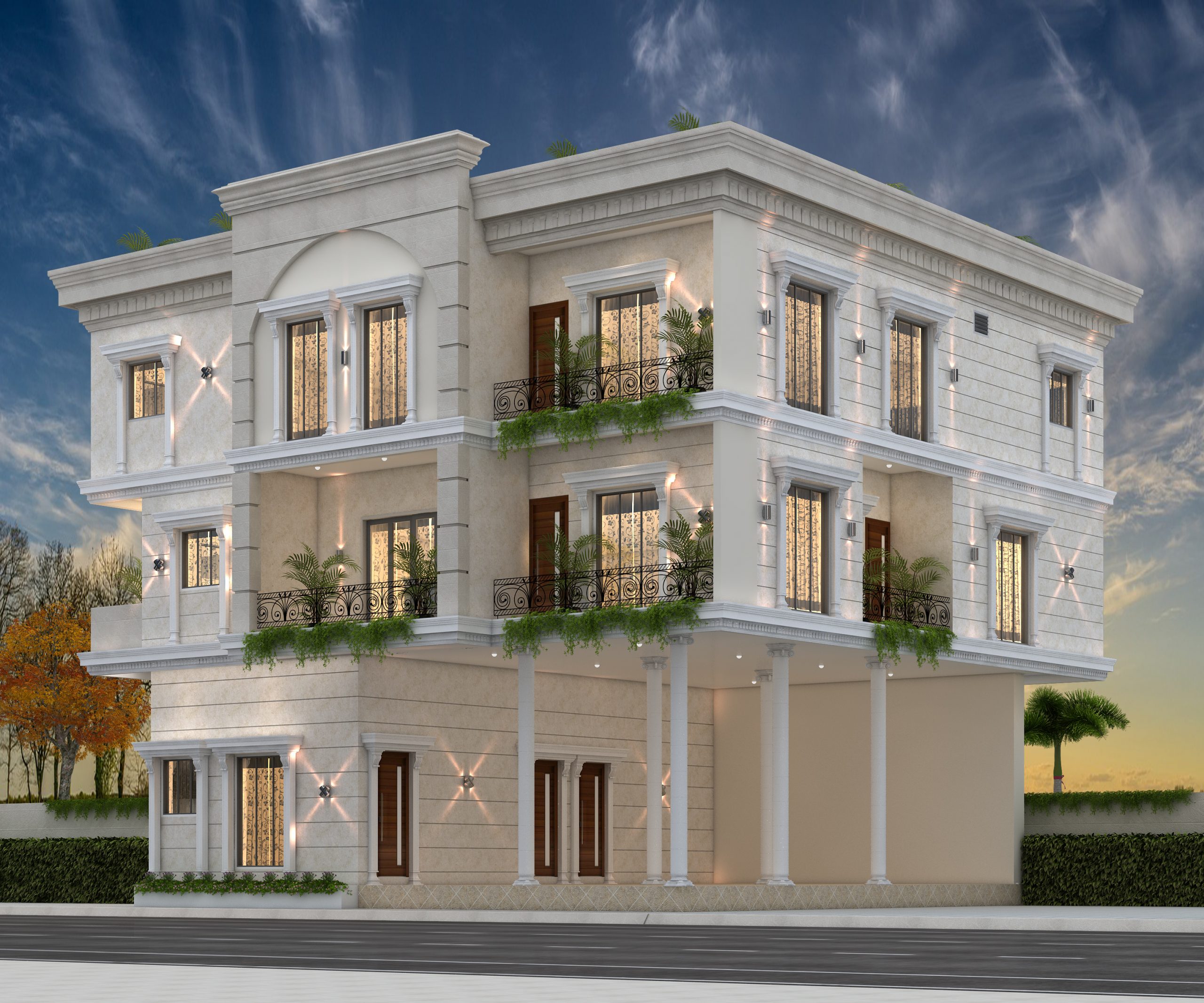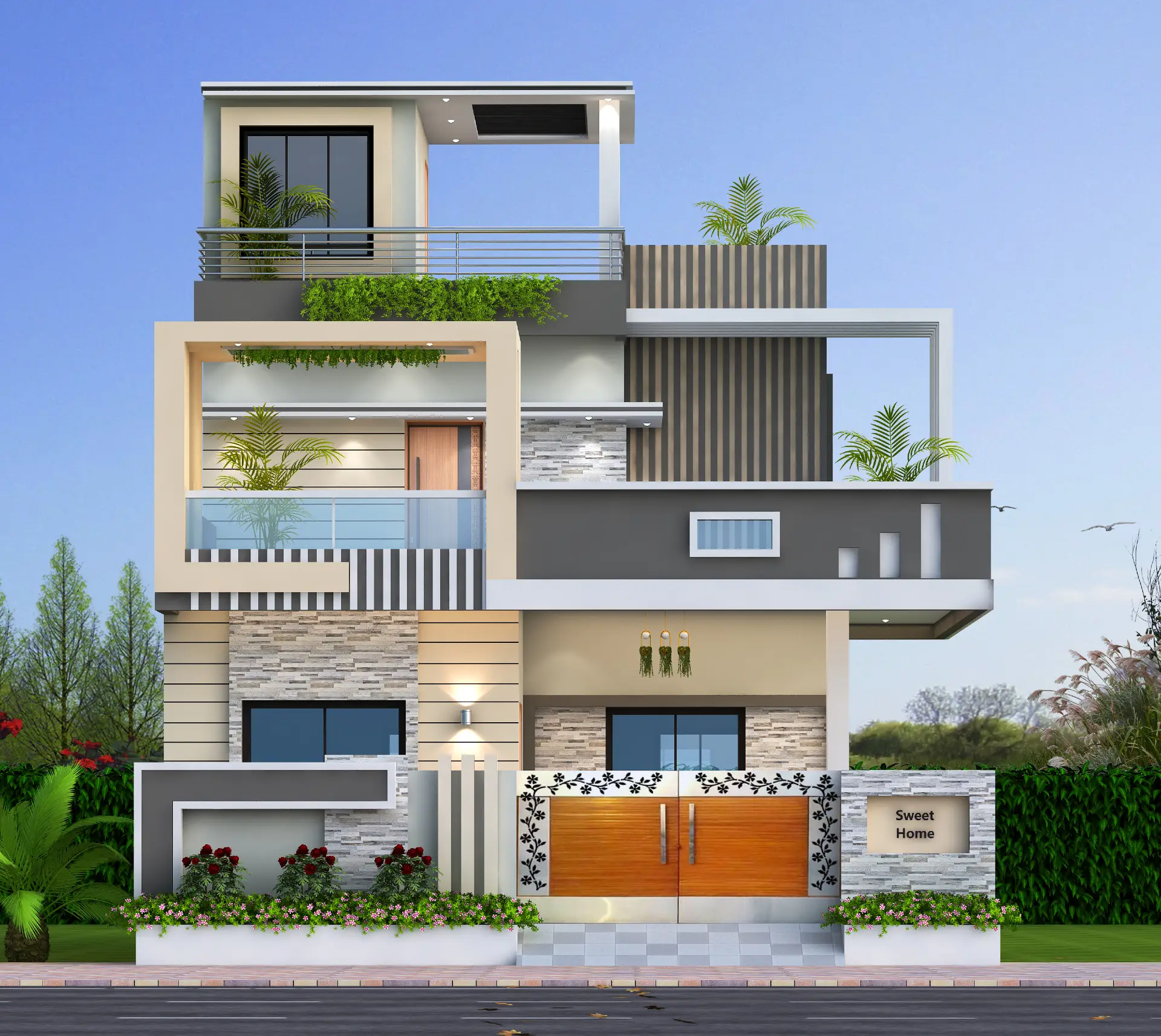Light is a powerful force in the world of architecture and design. It has the ability to transform spaces, evoke emotions, and impact our overall well-being. When planning a building, whether it’s a home, office, or any other structure, understanding how to benefit from natural light is a game-changer. Let us delve into innovative strategies and smart insights to make the most of sunlight in your building design.
Smart ways to welcome natural light in your home
Embrace Passive Solar Design
Passive solar design is all about using the sun’s energy for heating and cooling your building. It’s a clever way to reduce energy consumption and lower utility bills. The key is to position windows and glass strategically, especially on the south side, to maximize sunlight or natural light during the winter while shading them in the summer. This approach can help you maintain a comfortable indoor temperature year-round.
Select the Right Window Types:
Choosing the right windows is crucial in harnessing natural light effectively. Consider innovative window options like large picture windows, clerestory windows, and skylights to bring in light from different angles. For privacy and energy efficiency, you can also use frosted or double-glazed windows.
Optimize Window Placement
The placement of windows can greatly impact the quality of natural light in a space. When planning, take into account the building’s orientation, the sun’s path throughout the day, and potential obstructions like neighboring structures or trees. Innovative window placement allows you to capture the most light without compromising privacy.
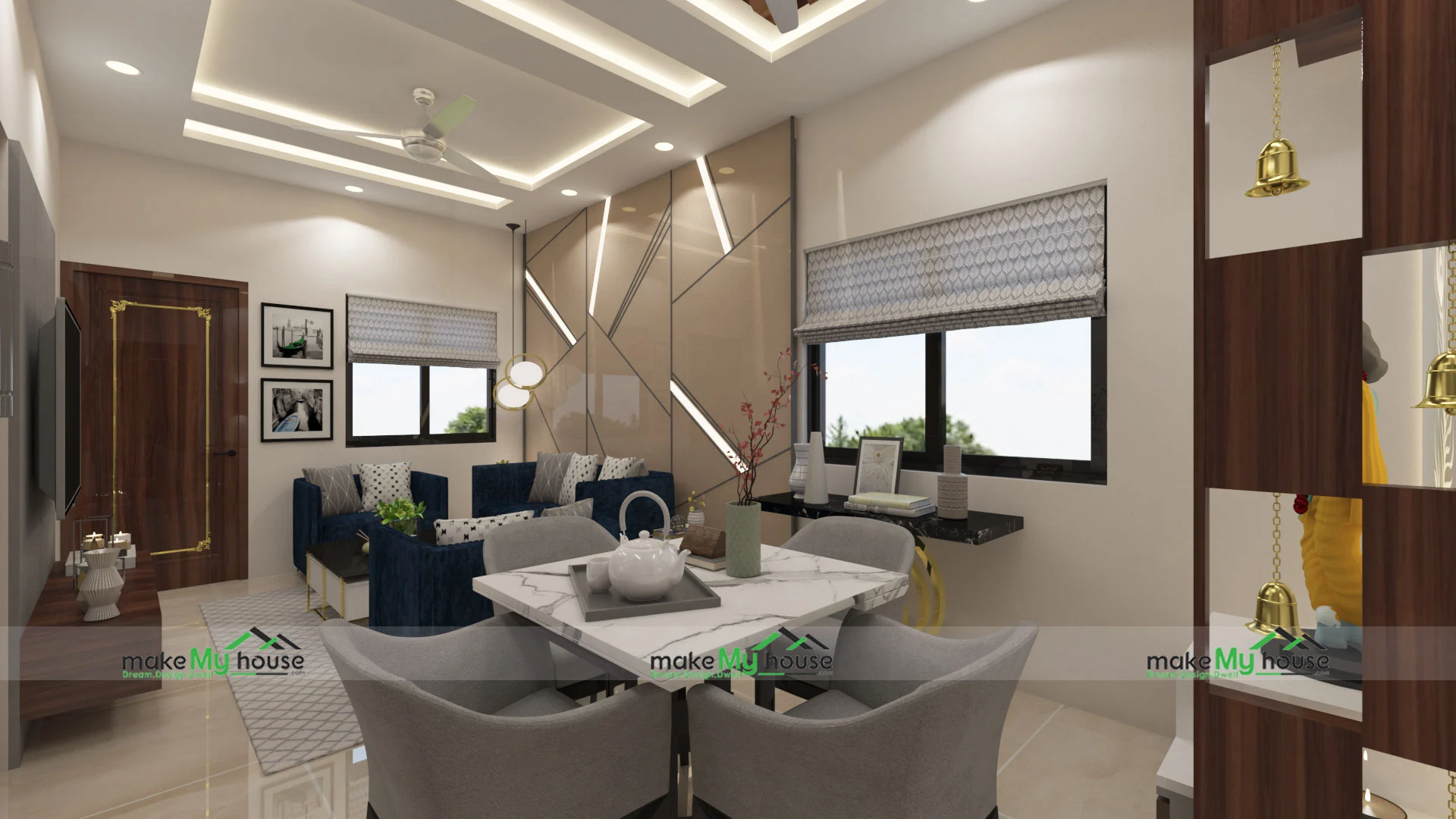
Use Reflective Surfaces
Integrating reflective surfaces into your building design can multiply the impact of natural light. Mirrors, glass partitions, and light-colored walls and ceilings bounce light around, creating a brighter and more spacious feel. It’s an ingenious way to distribute and amplify the available light.
Employ Light Tubes and Solar tubes
Light tubes, also known as solar tubes, are a remarkable innovation. They capture sunlight through a rooftop dome and then channel it down into your building through reflective tubes. They can be particularly useful in areas with limited access to direct sunlight.
Consider Smart Shading Solutions
Managing the intensity of natural light is just as important as letting it in. Smart shading solutions, like motorized blinds and shades, allow you to control the amount of light and heat entering your building. These can be programmed to adjust with the sun’s position throughout the day.
Harness the Beauty of Outdoor Spaces
Integrating outdoor spaces like courtyards, terraces, or balconies into your building design can provide a seamless connection to natural light. These spaces offer a tranquil escape and are a perfect spot for work or relaxation while basking in the sunlight.
Utilize Interior Design Wisely
Interior design plays a critical role in optimizing sunlight. Choose light-reflective materials, light-colored furnishings, and minimalistic decor. These elements bounce light deeper into the space and create a bright, open atmosphere.
Balance Natural and Artificial Light
It’s not just about relying solely on natural light; a harmonious balance of natural and artificial light can enhance the overall ambiance. Use energy-efficient LED lighting with dimmers to mimic natural light when needed.
Prioritize Well-being and Productivity
Natural light isn’t just about aesthetics; it can positively impact well-being and productivity. Studies have shown that exposure to natural light can improve mood, increase alertness, and enhance productivity. When designing your building, consider the placement of workspaces and relaxation areas to maximize the benefits of sunlight.
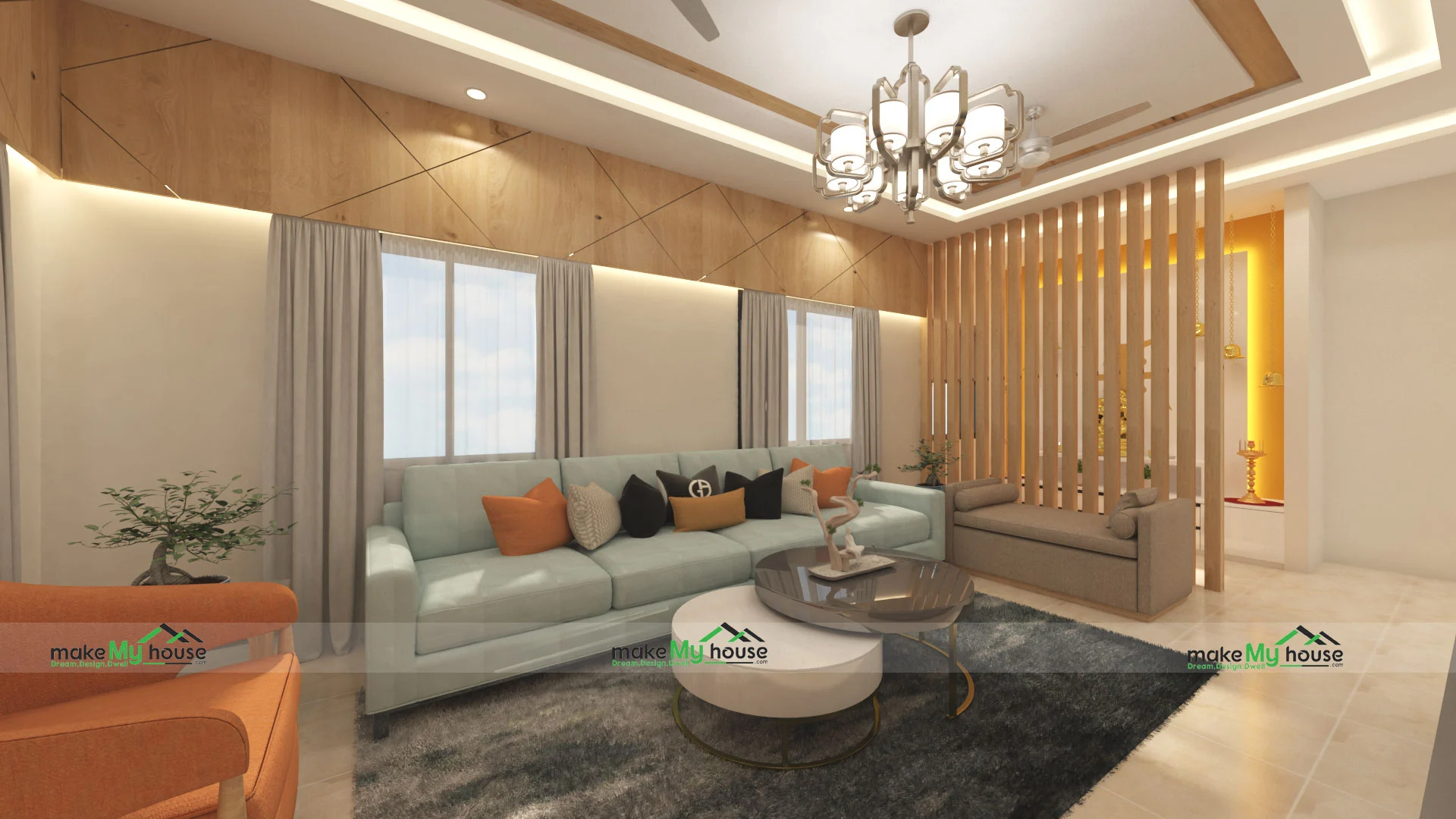
Incorporate Artistic Elements
Make the most of sunlight by turning it into a work of art. Consider stained glass windows, light fixtures that create interesting patterns, or architectural features that capture and scatter sunlight in unique ways.
Adapt to the Seasons
The angle of the sun changes with the seasons. You can adapt your building’s design to accommodate this by using adjustable louvers or awnings. These innovative solutions ensure you get the right balance of light and heat throughout the year.
Conclusion
Harnessing natural light in building design is both an art and a science. By embracing passive solar design, using the right windows, optimizing their placement, employing reflective surfaces, and integrating smart technologies, you can create a building that not only looks stunning but also enhances the well-being and productivity of its occupants. Whether it’s a home, an office, or any other structure, enlightened design is the key to a brighter, more sustainable, and innovative future. So, let the sun shine in, and let your building design truly shine.
Frequently Asked Questions about natural light
Q: Why is natural light important in building design?
A: Natural light enhances the visual appeal of a space, reduces energy consumption, improves mood and productivity, and creates a connection with the outdoors. It’s an essential aspect of sustainable and human-centric design.
Q: What is passive solar design, and how does it benefit building planning?
A: Passive solar design uses the sun’s energy for heating and cooling a building. By strategically positioning windows and glass to capture sunlight during the winter and shading them in the summer, it reduces the need for artificial heating and cooling, making the building more energy-efficient.
Q: What are the best types of windows for maximizing natural light in a building?
A: Large picture windows, clerestory windows, and skylights are ideal for maximizing sunlight. They come in various shapes and sizes to suit different architectural styles and lighting needs.
Q: How do I determine the optimal placement of windows in my building design?
A: Consider the building’s orientation, the sun’s path throughout the day, and potential obstructions. Using solar studies or consulting with a professional can help you identify the best locations for windows to capture the most light.
Q: How can I control the intensity of natural light in my building?
A: Smart shading solutions, like motorized blinds and shades, allow you to control the amount of light and heat entering your building. These systems can be programmed to adjust based on the sun’s position.

